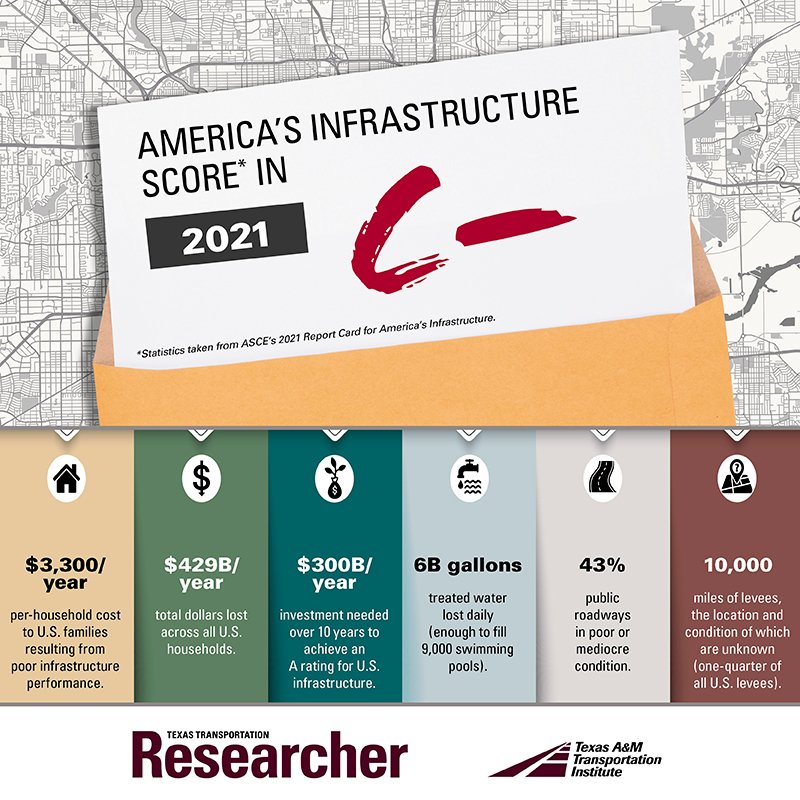In recent years, the conversation around water pollution in the United States has grown increasingly urgent. With aging infrastructure contributing to the deterioration of our water systems, millions of Americans are exposed to harmful pollutants every day. This article delves into the primary ingredients causing water pollution and the state of U.S. infrastructure, highlighting the necessity for immediate action.
Understanding Water Pollution Ingredients
Water pollution is primarily caused by a mix of natural and human-made materials that contaminate water sources. Here are some of the most impactful pollutants found in U.S. water supplies:
- Heavy Metals
- Lead: Often found in old pipes and plumbing fixtures, lead can leach into drinking water, posing severe health risks, especially for children.
- Mercury: This toxic metal enters waterways from industrial runoff and can accumulate in fish, affecting those who consume them.
- Chemical Contaminants
- Pesticides: Chemicals used in agriculture can wash into water systems, leading to harmful concentrations that may affect both human and aquatic life.
- Pharmaceuticals: Improper disposal of medications leads to their presence in water systems, raising concerns about long-term effects on health and ecosystems.
- Microbial Contaminants
- Bacteria and Viruses: Pathogens from sewage overflow and agricultural runoff can lead to severe health issues, making it critical to monitor water supplies.
- Nutrients
- Nitrogen and Phosphorus: Excessive runoff from fertilizers can cause algal blooms, which deplete oxygen in water bodies and harm aquatic life.
The State of U.S. Infrastructure
The infrastructure responsible for delivering clean water to American homes and businesses is in a fragile state. Many systems are decades old, leading to increased vulnerability to pollutants. Here are some key factors regarding the aging U.S. infrastructure:
- Deteriorating Pipes
- A significant portion of water pipes in the U.S. dates back to the early 20th century, often constructed from lead or other susceptible materials. As these pipes corrode, they allow toxins to enter the water supply.
- Overburdened Treatment Facilities
- Many water treatment plants operate beyond their intended capacity, making it challenging to maintain water quality standards. Lack of investment in upgrades exacerbates this issue.
- Inadequate Funding for Repairs
- Federal and state funding for water infrastructure improvements remains insufficient. The American Society of Civil Engineers (ASCE) estimates a need for $1 trillion in upgrades to address deteriorating water systems over the next 25 years.

The Need for Urgent Action
With the alarming levels of water pollution and aging infrastructure, it is crucial to advocate for change. Here are steps that can be taken:
- Investing in Infrastructure Upgrades
- Allocating federal and state funds for repairing and replacing old pipes and treatment facilities can significantly improve water quality and safety.
- Implementing Advanced Water Treatment Technologies
- Encouraging the adoption of innovative technologies can enhance water purification processes and effectively remove contaminants.
- Enhancing Monitoring and Regulations
- Stricter regulations and consistent monitoring of water sources are essential to ensure public health safety and environmental protection.
- Public Awareness and Advocacy
- Raising public awareness about water pollution and the state of infrastructure can drive community action and demand for government accountability.
Final Thoughts
Water is essential to life, yet the ingredients causing pollution and the challenges of aging infrastructure threaten its safety. As we confront these issues, it is crucial to advocate for effective solutions to ensure clean and safe drinking water for all Americans. By understanding the sources of pollution and the state of our infrastructure, we can push for well-informed changes that protect our most vital resource.
For more information on water quality and infrastructure, visit the Environmental Protection Agency (EPA) or explore resources from the American Water Works Association (AWWA). Together, we can work towards a cleaner and safer water future.
